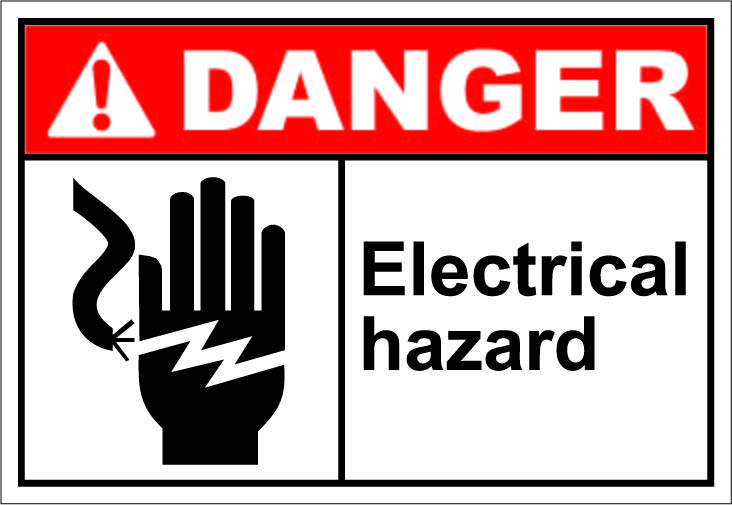 Every year, plenty of people fall victim to electrical hazards. The number tends to rise sometime around December. To avoid this, we are advised to take necessary precautions, including replacing your old wiring devices. When neglected, faulty wiring devices in the Philippines can spark problems and electrical hazards.
Every year, plenty of people fall victim to electrical hazards. The number tends to rise sometime around December. To avoid this, we are advised to take necessary precautions, including replacing your old wiring devices. When neglected, faulty wiring devices in the Philippines can spark problems and electrical hazards.
Save your home from future hazards by taking the necessary steps to prevent electrical problems in your wiring devices. Here is a list of things you can do to minimize the risk of electrical hazards.
Check Extension Cords
Before turning on or plugging something in your extension cords, inspect them first. Make sure that the insulation doesn’t have cracks, tears, or abrasions. Also, do not to knot the cables. Knotting extension cables can harm the conductor and increase the risk of fire.
Inspect Power Tools
Inspect your power tools regularly. If you see that the cords and plugs’ insulation, blades, or grounding pin is damaged, have them repaired before using them again. Watch out for overheating, smoke, or a burning smell. If you experience any of these in your tools, stop using them as soon as possible.
Replace Damaged Insulated Tools
Check your insulated tools for damages. If you find a crack or cut on the insulated layer of the tool, stop using it. Once damaged, your insulated tool becomes more of an electrical conductor and puts you at risk of injury.
Don’t Alter Electrical Plugs
Sometimes, people alter electrical plugs to fit into a socket. NEVER do this because it is dangerous. This will increase the chances of catching fire in your home, and the likelihood of electrocution and shock. If you really need to modify your electrical plug, have an electrician do it. An even safer option would be to just replace your old two-prong outlets with grounded outlets which has three prongs.
Keep Extension Cords Inside
Are you using an extension cord for your lights display outside? Keep the extension cord in a safe place or inside the house as much as possible. If the cord cannot be placed inside the house, just make sure that it won’t be stepped on or run over by your car outside. Otherwise, the cord’s conductor might break or become deformed. Just because you can’t see a tear in the cord, doesn’t mean that you are safe! Conductor damage happens in the core of the cable and might lead to electrical fire.
Keep Your Wiring Devices Dry
Electricity and water don’t mix well. So whatever happens, keep your wiring devices dry. Don’t use power tools in wet environment. You can install GFCI, which can detect when a powered device comes into contact with water. When this happens, the GFCI shuts off the power to prevent shocks and burns. It can help save you from electrocution!
Use Outlet Covers
Exposed outlets might harm children. Unknown to the dangers of electrocution or shock, they might stick their fingers or other objects in the socket. To avoid this, purchase outlet covers from your electrical supplier.
Anyone can be a victim of electrical hazard due to damaged wiring devices. So make sure to take the necessary precaution advised above. And remember that it’s important to protect your home from these hazards not only during December, but all year round.
